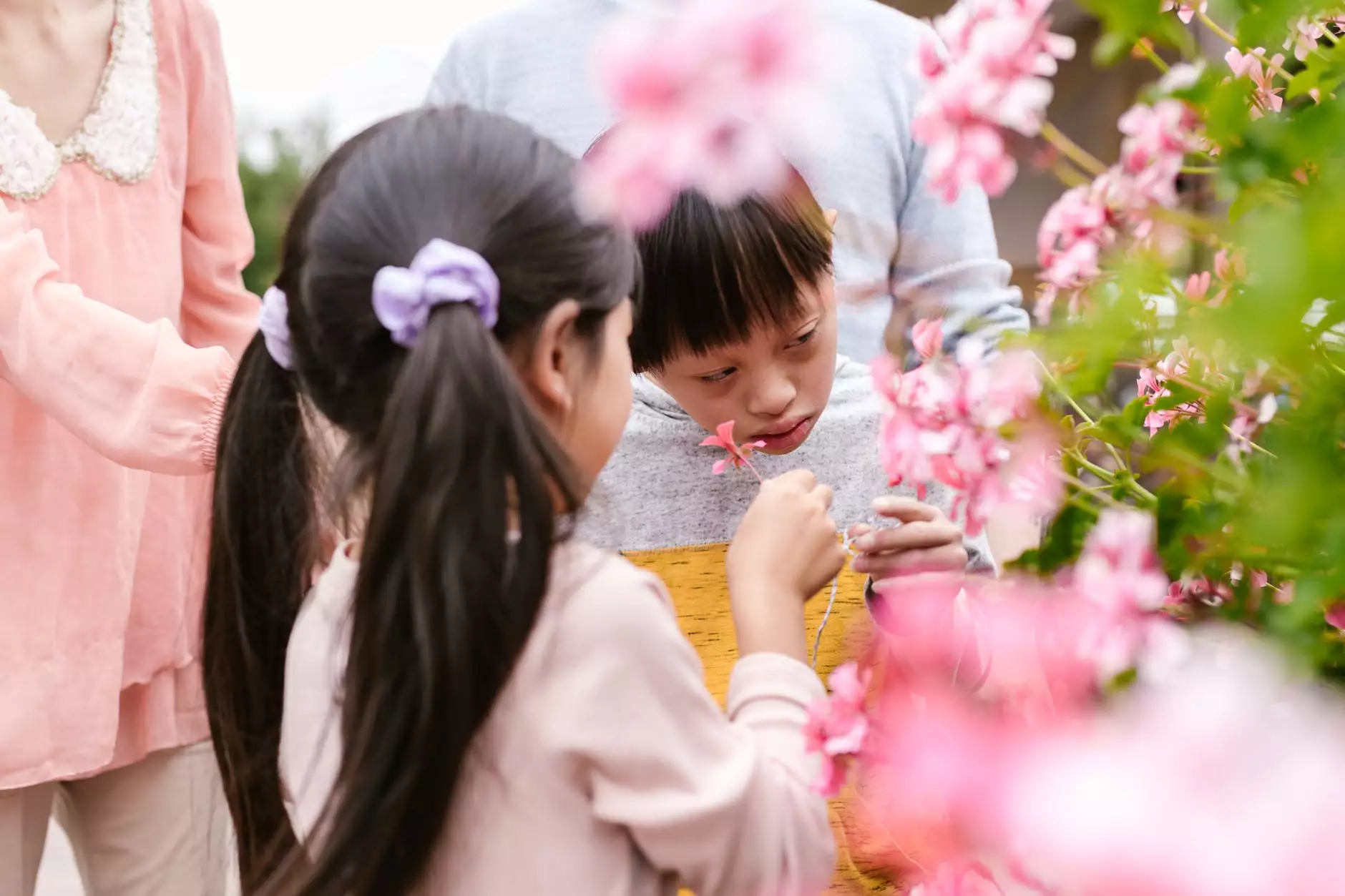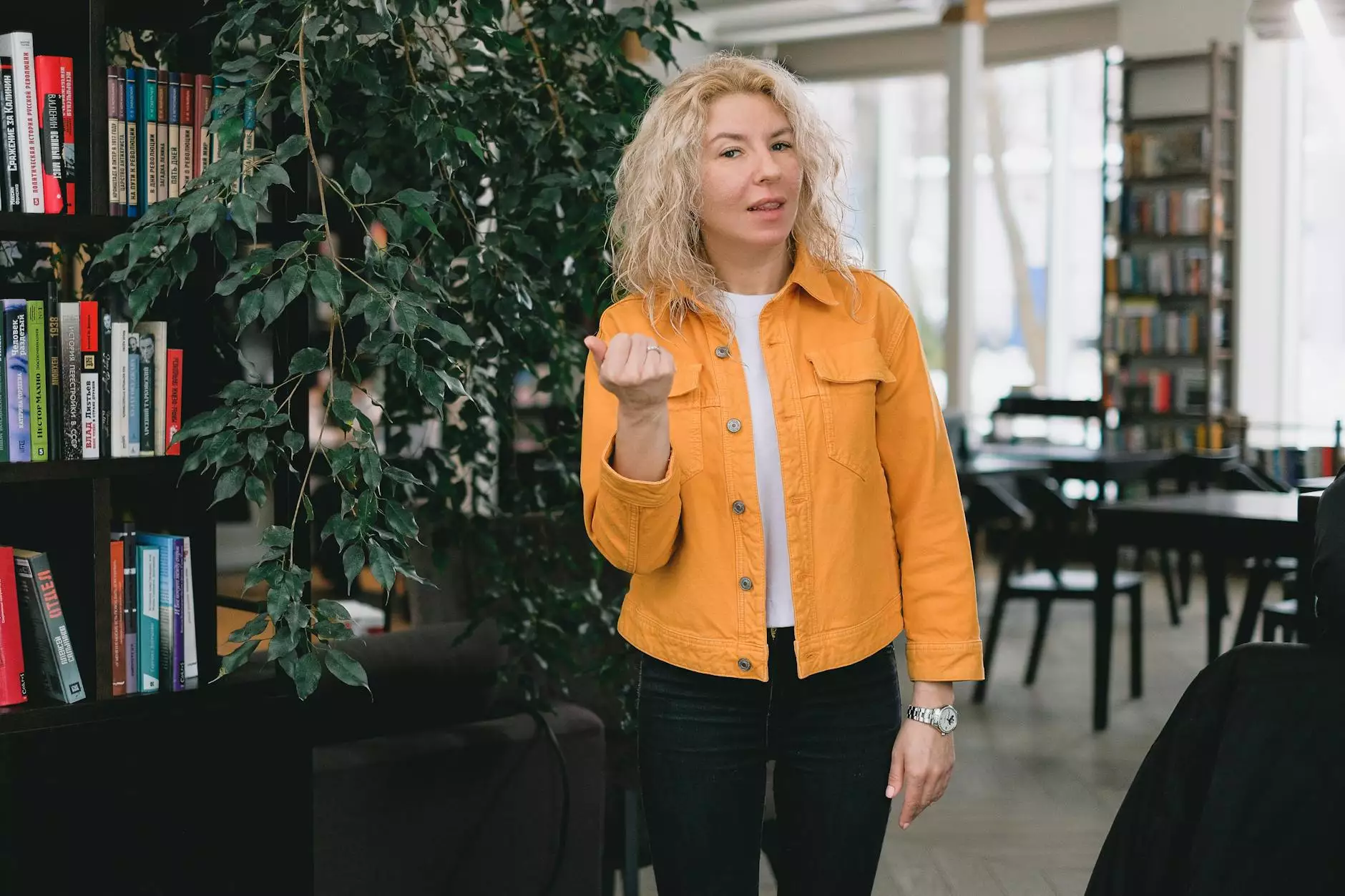Gardens for Special Needs Organizations
Grade
Why Gardens Matter for Special Needs Organizations
Gardens have a transformative and therapeutic effect, especially for individuals with special needs. They provide a rejuvenating space where people can connect with nature, engage their senses, and experience a sense of empowerment and inclusion. Incorporating gardens into special needs organizations promotes well-being, enhances physical and mental health, and fosters a sense of community.
The Benefits of Gardens for Special Needs Organizations
Gardens offer a multitude of benefits for individuals with special needs, including:
- Physical Health: Engaging in gardening activities helps improve motor skills and coordination. It provides opportunities for physical exercise, such as digging, planting, and watering, which can enhance flexibility, strength, and overall fitness.
- Therapeutic Effects: Spending time in a garden setting promotes relaxation, reduces stress levels, and improves cognitive abilities. The sensory experience of touching plants, smelling flowers, and hearing the soothing sounds of nature aids in sensory integration and promotes emotional well-being.
- Social Interaction: Gardens create an inclusive environment that encourages social interaction, communication, and teamwork. They offer a common ground for individuals with diverse abilities to connect with each other, share experiences, and build relationships.
- Sensory Stimulation: Gardens engage multiple senses, stimulating sight, touch, smell, and hearing. Sensory gardens, with plants of various textures, fragrances, and colors, provide a rich sensory experience that can be particularly beneficial for individuals with sensory processing disorders.
- Learning Opportunities: Gardens offer hands-on learning experiences that improve cognitive skills, promote environmental awareness, and enhance sensory perception. Individuals can learn about plant life cycles, ecosystems, and sustainable gardening practices, fostering a deeper understanding and appreciation for the natural world.
Design Considerations for Accessible Gardens
Creating an accessible garden requires thoughtful design considerations to ensure the space can be enjoyed by individuals of all abilities. Below are key factors to consider:
1. Pathways and Accessibility:
Design wide and flat pathways to accommodate wheelchair users and individuals with mobility aids. Ensure there are no steep slopes or obstacles in the garden that may hinder movement. Install ramps, handrails, and non-slip surfaces for easy access.
2. Raised Beds and Vertical Gardening:
Consider integrating raised beds or vertical gardening structures to allow individuals with limited mobility or those who use wheelchairs to comfortably participate in gardening activities. These designs provide easier reach and reduce strain for individuals with physical disabilities.
3. Sensory Elements:
Incorporate a diverse range of sensory elements, such as aromatic plants, wind chimes, water features, and textured surfaces. These elements enhance the sensory experience and provide additional stimulation for individuals with sensory sensitivities or impairments.
4. Seating Areas and Rest Zones:
Create seating areas and rest zones throughout the garden, offering individuals a place to rest, observe, and engage with the surroundings. Ensure the seating is comfortable, stable, and accessible for individuals with mobility challenges.
5. Clear Signage and Visual Cues:
Use clear signage and visual cues to assist individuals with cognitive impairments in navigating the garden. Incorporate symbols, pictures, or colors to help visitors identify different areas and understand the flow of the space.
Implementing a Garden Program for Special Needs Organizations
Implementing a garden program requires a comprehensive approach that addresses various aspects:
1. Collaborate with Experts:
Consult with landscape architects, horticultural therapists, and occupational therapists who specialize in designing accessible and inclusive gardens. Their expertise will ensure the garden meets the unique needs of the individuals and maximizes its therapeutic benefits.
2. Engage the Community:
Involve the special needs community, including individuals, families, and caregivers, in the garden planning and development process. Seek their input regarding design preferences, accessibility requirements, and desired activities.
3. Secure Funding:
Obtain funding through grants, sponsorships, or community fundraising efforts to cover the costs associated with garden construction, accessibility modifications, equipment, and ongoing maintenance.
4. Training and Support:
Provide training and support to staff, volunteers, and caregivers to ensure they possess the knowledge and skills necessary to facilitate meaningful garden experiences for individuals with special needs. Offer workshops and educational materials on gardening techniques, adaptive tools, and safety practices.
5. Evaluate and Adapt:
Regularly evaluate the impact of the garden program and gather feedback from participants. Use this information to make necessary adjustments, refine activities, and continuously improve the inclusivity and effectiveness of the garden program.
Conclusion
Gardens have the power to positively impact the lives of individuals with special needs. By creating accessible and inclusive outdoor spaces, special needs organizations can enhance physical and mental well-being, foster social connections, encourage sensory integration, and provide valuable learning experiences. Embracing the potential of gardens, these organizations can create havens of growth, healing, and empowerment for all.









